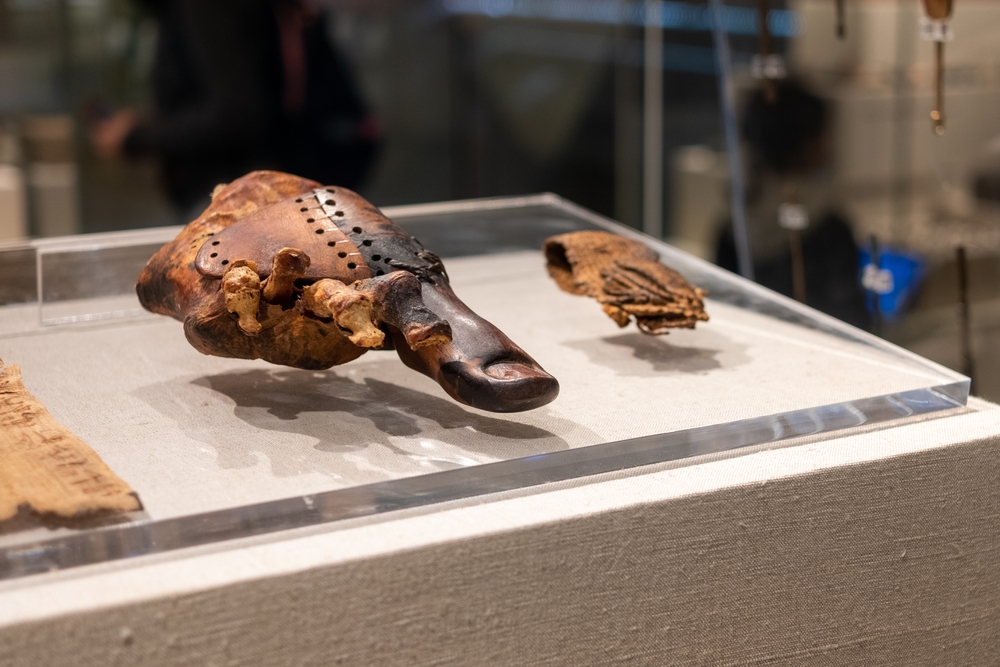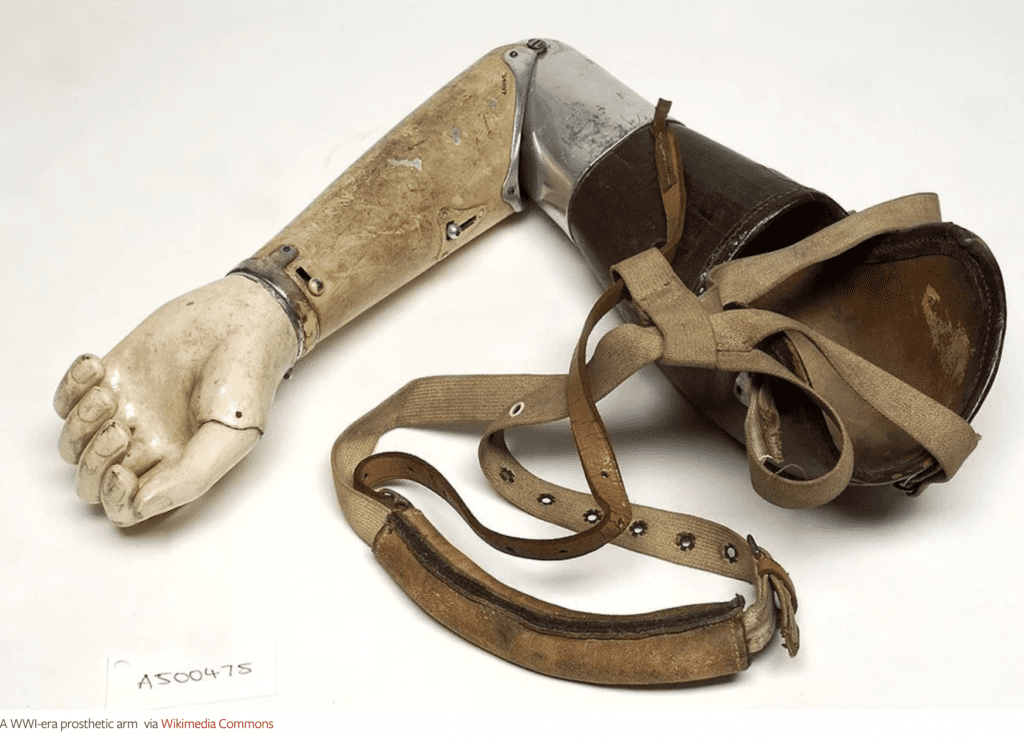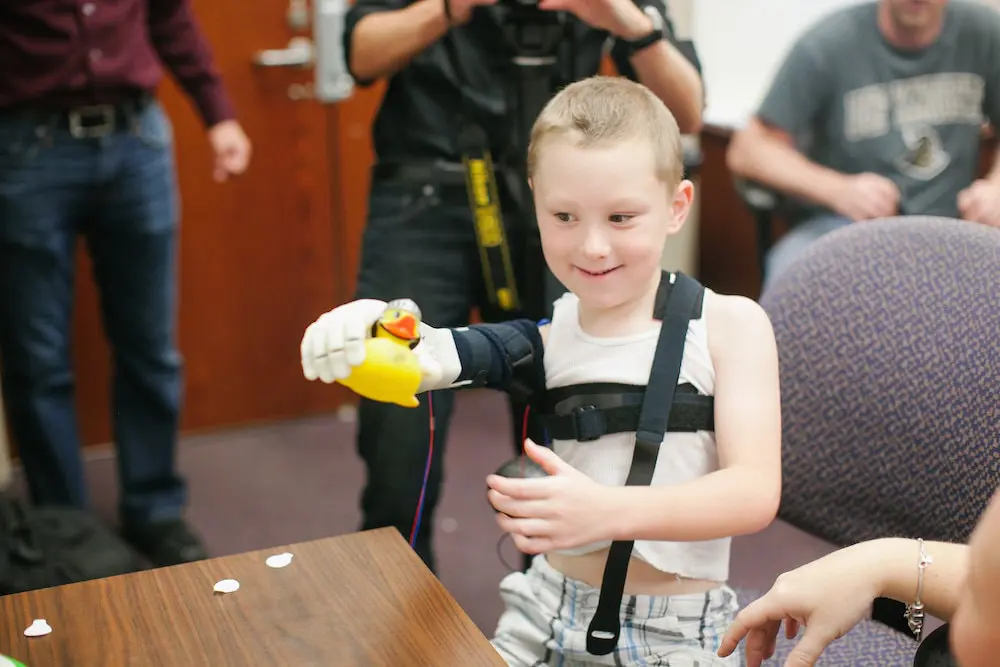April marks a significant period dedicated to enhancing public awareness about limb loss and limb difference. Limb Loss Awareness Month serves as a reminder of the challenges faced by individuals living with limb loss and the remarkable advancements in prosthetics that have transformed lives. This observance also highlights the importance of accessible resources and support systems that provide care, information, and advocacy for individuals with limb loss. In this article, we will delve into the history of Limb Loss Awareness Month, explore the evolution of prosthetic technology, and provide a guide to essential U.S. resources for those affected by limb loss.
The History of Limb Loss Awareness Month
Limb Loss Awareness Month was established in 2010, by the Amputee Coalition, a national non-profit organization dedicated to supporting people who have experienced limb loss or limb difference. The Amputee Coalition has been at the forefront of limb loss advocacy, education, and support, working to raise awareness about the challenges faced by the limb loss community and to promote greater inclusivity and accessibility. The initiative aims to highlight the resilience of individuals living with limb loss, educate the public on prevention and recovery, and advocate for advanced prosthetic technology and healthcare policies that improve quality of life for amputees. Through various activities, events, and educational campaigns during April, Limb Loss Awareness Month serves as a key part of the Amputee Coalition’s efforts to create a more informed and supportive society.
Advances in Prosthetic Technology
The Evolution of Prosthetics
From ancient wooden limbs to the sophisticated, computer-assisted devices of today, prosthetic technology has undergone an extraordinary evolution. Early prosthetics were primarily designed to hide disabilities and were not functional. However, as understanding and technology advanced, so did the design and functionality of prosthetic limbs, making them more comfortable, adaptable, and life-like.


The Impact of Modern Technology
The last few decades have seen revolutionary advancements in prosthetics, including myoelectric arms that respond to muscle movements, microprocessor-controlled knees that adapt to walking speed and terrain, and 3D-printed limbs that provide affordability and customization. These innovations have significantly improved mobility, independence, and quality of life for individuals with limb loss.
Resources for Individuals with Limb Loss
Navigating life after limb loss can be challenging, but numerous organizations and resources in the U.S. offer support, information, and advocacy. Here are some key resources:
Amputee Coalition
The Amputee Coalition is a national non-profit organization dedicated to empowering people affected by limb loss to achieve their full potential through education, support, and advocacy. They offer a wide range of resources, including a national peer support network.
National Limb Loss Resource Center
Funded by the Administration for Community Living, the National Limb Loss Resource Center provides comprehensive information and resources for people with limb loss and their families, healthcare providers, and insurance professionals.
Veterans Affairs Prosthetic and Sensory Aids Service
For veterans, the VA offers prosthetic and sensory aids to eligible individuals, providing access to a range of services and equipment designed to enhance mobility and quality of life. To learn more visit: http://www.prosthetics.va.gov/index.asp
Prosthetics and Orthotics Programs
In the United States, there are several highly regarded prosthetics and orthotics programs dedicated to training professionals in the field and providing cutting-edge patient care. These programs often offer both educational opportunities for those looking to enter the profession and clinical services for individuals in need of prosthetic or orthotic devices. Here’s a list of some specific programs:
Northwestern University Prosthetics-Orthotics Center
- Location: Chicago, Illinois
- Program Highlights: NUPOC offers a Master of Prosthetics and Orthotics (MPO) degree and is known for its strong clinical and research components.
- Website: www.nupoc.northwestern.edu/
University of Pittsburgh School of Health and Rehabilitation Sciences
- Location: Pittsburgh, Pennsylvania
- Program Highlights: The program provides a Master of Science in Prosthetics and Orthotics (MSPO) and is recognized for its research initiatives and clinical partnerships.
- Website: www.shrs.pitt.edu/rst
University of Texas Southwestern Medical Center
- Location: Dallas, Texas
- Program Highlights: UT Southwestern offers a Prosthetics-Orthotics Program with a combined Master of Prosthetics-Orthotics (MPO) degree, emphasizing evidence-based practice and interdisciplinary learning.
- Website: www.utsouthwestern.edu
California State University, Dominguez Hills
- Location: Carson, California
- Program Highlights: Offers a Bachelor of Science and a Certificate in Orthotics and Prosthetics, focusing on preparing students for clinical practice and certification.
- Website: www.csudh.edu/oandp/
Salus University
- Location: Philadelphia, Pennsylvania
- Program Highlights: Offers a Master of Science in Orthotics and Prosthetics, focusing on preparing students for clinical practice and certification.
- Website: www.salus.edu
University of Hartford
- Location: West Hartford, Connecticut
- Program Highlights: Offers a Bachelor of Science and Master of Science in Orthotics and Prosthetics. There is also a five-year combined BS/MSPO program.
- Website: www.hartford.edu
University of Central Florida
- Location: Orlando, Florida
- Program Highlights: UCF is recognized for its innovative approach to prosthetics and orthotics through its Limb Loss Research and Innovation Center. While UCF itself does not offer a specific degree program exclusively focused on prosthetics and orthotics like some of the other institutions mentioned, its involvement in the field is significant through research and development efforts, particularly in the area of bionic limbs and advanced prosthetic technologies.
- Website: www.ucf.edu/

Limb Loss Research and Innovation at UCF
UCF’s Limb Loss Research and Innovation initiative is notable for its cutting-edge work in creating affordable, advanced prosthetic limbs. The initiative gained widespread recognition for its development of bionic arms for children, often at a fraction of the cost of traditional prosthetics. This work has been spearheaded by the College of Engineering and Computer Science, showcasing UCF’s commitment to leveraging technology for social good.
Limb Loss Awareness Month serves as a vital reminder of the resilience, achievements, and needs of individuals living with limb differences. By supporting this observance, we contribute to a more inclusive society that recognizes the potential in every individual, regardless of physical challenges. As we continue to witness advancements in prosthetic technology, the future holds even greater promise for enhancing the lives of those affected by limb loss.
Like this article? You may also like:
Arming the World with Bionic Heroes
Amputee Runner Remarkably Runs 104 Marathons in 104 Days
Share your thoughts with AmeriDisability on Facebook, Twitter and Instagram.
Check out the Resources page. Claim or add your disability-focused business or nonprofit for free.






